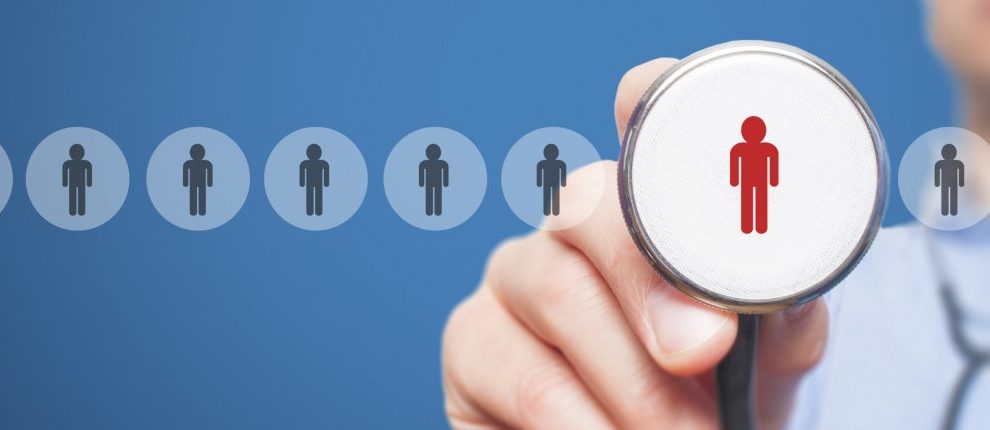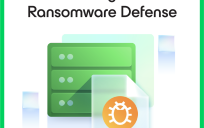Our nation is on a journey toward reimagining government experience. The backbone of this journey requires ensuring that there’s more accountability in keeping people’s voices — both public customers and employees — at the center of everything in government.
How do we get better at engaging people in inclusive ways to ensure their voices — including in the form of customer and employee insights and data — truly drive public policy, decisions and legislation?
I believe that we’ll solve more government experience challenges when we move from a mindset of solving problems for people to solving problems with people. As part of this focus, I recently wrote an article — a rallying cry — on how to advance the health of our health organizations as part of a collaborative people moonshot. In the piece, I explain how each agency has the power to improve the way they deliver experience by tackling the health of their organizational culture.
The good news, organizations don’t have to do the work on their own. There’s a wealth of guidance available to help us understand the key elements of organizational culture and walk through the steps of redesigning the government experience from within. Here are six important resources I recommend leaders prepared to embark on this effort turn to for inspiration and for reflecting inward to improve organizational operations:
- President’s Management Agenda, released Nov. 18, 2021
- Executive Order 14058, Transforming Federal Customer Experience and Improving Service Delivery to Rebuild Trust in Government, issued on Dec. 13, 2021
- Section 280 of OMB Circular A-11, Managing Customer Experience and Improving Service Delivery, updated August 2021
- 21st Century Integrated Digital Experience Act (IDEA), passed in December 2018
- Foundations for Evidence-Based Policymaking Act of 2018
- Executive Order on Advancing Racial Equity and Support for Underserved Communities Through the Federal Government on Jan. 20, 2021
Using Customer Experience Measures for Our Workforce Experience
As a thought exercise here, let’s try using the customer experience measures from OMB Circular A-11 to transform our workforce experiences. Just like public-facing experiences, the ways in which our “internal customers” or federal employees engage with their work are, as A-11 states, “not transactions but engagements and relationships.”
Roles: Health experiences include everything from clinical (and clinical trial) to front lines or regulatory public health policymaking. Keep people’s roles at the center of any experience equation. Roles aren’t just human resources — they’re the duties and tasks people perform to deliver various experiences to fellow employees and the public. Employee roles are massively impacted by the ways they are engaged, supported, heard and empowered with opportunities to learn, grow and have a voice in the workplace.
Occasion: A given interaction or situation. These are moments in which a person has an experience. These occasions, or moments, often occur within a greater context of a journey. Within a health organization, an “occasion” may be a way health IT professionals learn new ways of working by taking cloud training. Externally, a public-facing occasion example would be a person starting an application for Medicaid benefits for the first time.
Offering: The “thing” someone might need to obtain or accomplish, or a product, good or value received. Things can also be experienced, to some degree. Offerings exist within relationships to occasions and require that people activate channels and tools. An internal health organization example may be how a senior leader needs to use an IT tool to engage her employees around a new policy change. As a public-facing example, consider financial reimbursements as a “thing” someone receives as a beneficiary of Medicaid.
Channels: The interactive places or mechanisms for offering delivery. Given our new world of telework, increasing emphasis is placed on digital while analog channels also exist. A middle manager may check an intranet website to explore new leadership training tools and resources within a health organization. A contact center or website is a basic example of channels outside of the organization.
Tools: The technology required to provide a given experience. Like channels, given the new culture of work, many tools are digital; however, these are not always exclusively digital tools. Many agencies still operate with analog resources (paper) and manually convert them into digital data. A typical example for both internal and external customers is a form connected to various databases.

Leaders of tomorrow will be excellent dot connectors, relationship builders, technical translators and participatory experience makers. Share your thoughts and feedback! Tweet at me @NinaFuture and stay tuned for forthcoming learning opportunities.
Nina Bianchi focuses on transformative culture experiences. She served as Chief of People and Culture at the Food and Drug Administration (FDA) and with the General Services Administration’s (GSA) IT Modernization Centers of Excellence (COE). As a White House Presidential Innovation Fellow (PIF) with the Biden Cancer Moonshot at the National Cancer Institute (NCI), she led collaborative work experiences to drive personalized patient experiences. Before serving in government, Nina led a social innovation consulting firm with a network of high-impact public-private partnerships. Her teams designed transformation solutions for city governments across the globe, philanthropy, nonprofits, Fortune 500 companies and institutions like the Massachusetts Institute of Technology (MIT).
Interested in becoming a Featured Contributor? Email topics you’re interested in covering for GovLoop to [email protected]. You can view all featured contributor articles here.





Leave a Reply
You must be logged in to post a comment.